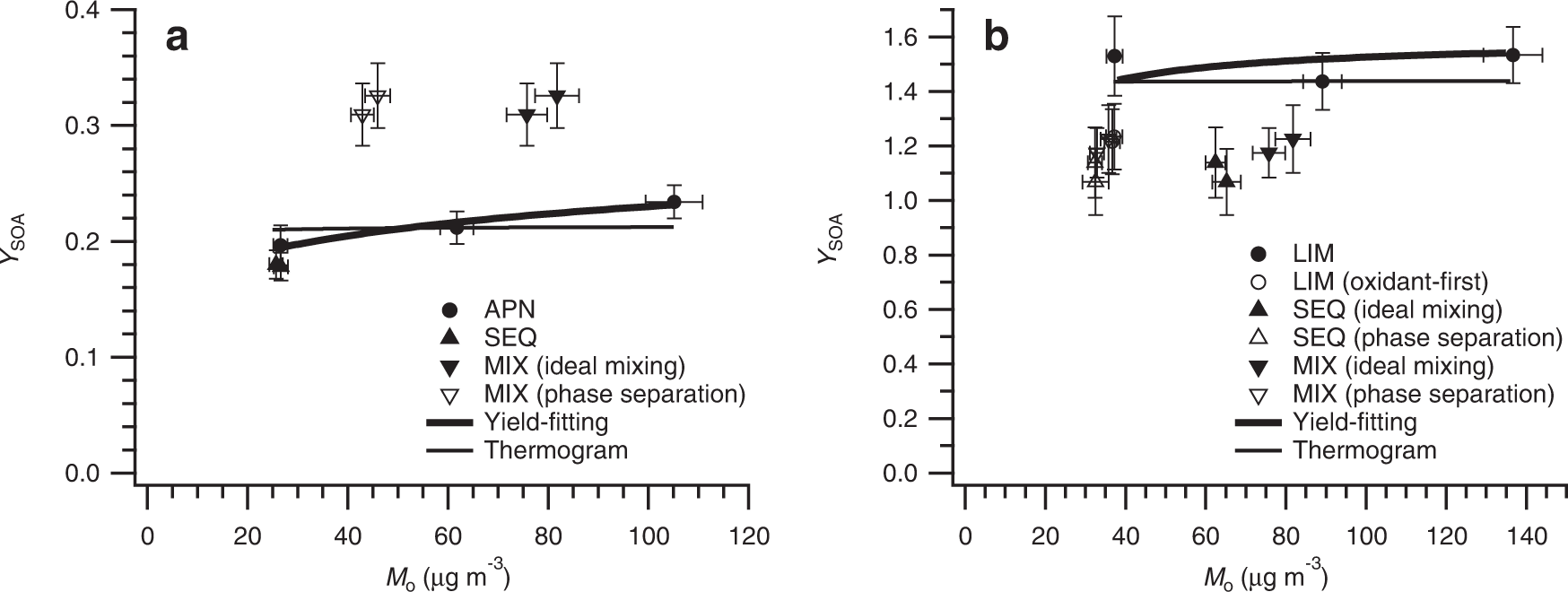2023-01-30 ジョージア工科大学
◆ジョージア工科大学化学・生体分子工学部、地球大気科学部、土木・環境工学部のLove Family教授であるNga Lee “Sally” Ngは、多くの植物に含まれる2種類のモノテルペン化合物の硝酸ラジカル酸化によるSOAの生成と特性について研究を主導しました。モノテルペンは生物由来の揮発性有機化合物(VOC)の重要な一種であり、硝酸ラジカルによるその酸化は、世界的にSOAの大きな発生源となっています。研究チームは、樹木から大量に放出されるモノテルペン類(α-ピネンおよびリモネン)について調査した。
◆Nature Communications誌に掲載された論文において、Ng教授の研究チームは、モノテルペンの混合物を同時に酸化させると、実験室で別々に酸化させた場合と異なる結果になることを明らかにした。VOCの反応とSOAの形成は化学的に複雑であるため、これまでの実験では、一度に1つのVOC化合物だけを調べることがほとんどだった。今回、Ng教授の研究チームは、最先端の質量分析技術を駆使して、複数のVOC反応の化学反応をバルクから分子レベルまで調べました。
◆Ngの研究は、硝酸ラジカル化学が顕著に起こる夜間の環境で、α-ピネンとリモネンを調べました。硝酸塩ラジカルは、交通機関の排気ガスやオゾンによって生成されます。
◆Ngは、この研究が、大気中のVOCとそれらがどのように相互作用するかを調べるための更なる研究につながることを期待していると言っています。「2つのVOCの相互作用を研究することは、本当に始まりに過ぎません」と、Ngは言いました。”これは大きな前進ですが、何百ものVOCが同時に放出され反応している大気の複雑さを理解するには、まだ長い道のりがあります。”とNgは語っています。
<関連情報>
- https://research.gatech.edu/research-study-finds-unexpected-interactions-formation-secondary-organic-aerosol-atmosphere
- https://www.nature.com/articles/s41467-022-35546-1
マルチプレカーサーシステムにおける二次有機エアロゾルの生成と特性の非線形効果 Non-linear effects of secondary organic aerosol formation and properties in multi-precursor systems
Masayuki Takeuchi,Thomas Berkemeier,Gamze Eris & Nga Lee Ng
Nature Communications Published:22 December 2022
DOI:https://doi.org/10.1038/s41467-022-35546-1

Abstract
Secondary organic aerosol (SOA) contributes significantly to ambient fine particulate matter that affects climate and human health. Monoterpenes represent an important class of biogenic volatile organic compounds (VOCs) and their oxidation by nitrate radicals poses a substantial source of SOA globally. Here, we investigate the formation and properties of SOA from nitrate radical oxidation of two common monoterpenes, α-pinene and limonene. When two monoterpenes are oxidized simultaneously, we observe a ~50% enhancement in the formation of SOA from α-pinene and a ~20% reduction in limonene SOA formation. The change in SOA yields is accompanied by pronounced changes in aerosol chemical composition and volatility. These non-linear effects are not observed in a sequential oxidation experiment. Our results highlight that unlike currently assumed in atmospheric models, the interaction of products formed from individual VOCs should be accounted for to accurately describe SOA formation and its climate and health impacts.



